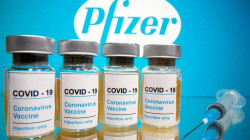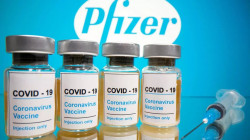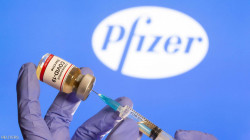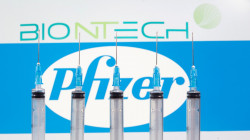FDA scientists endorse Pfizer/BioNTech Covid-19 vaccine
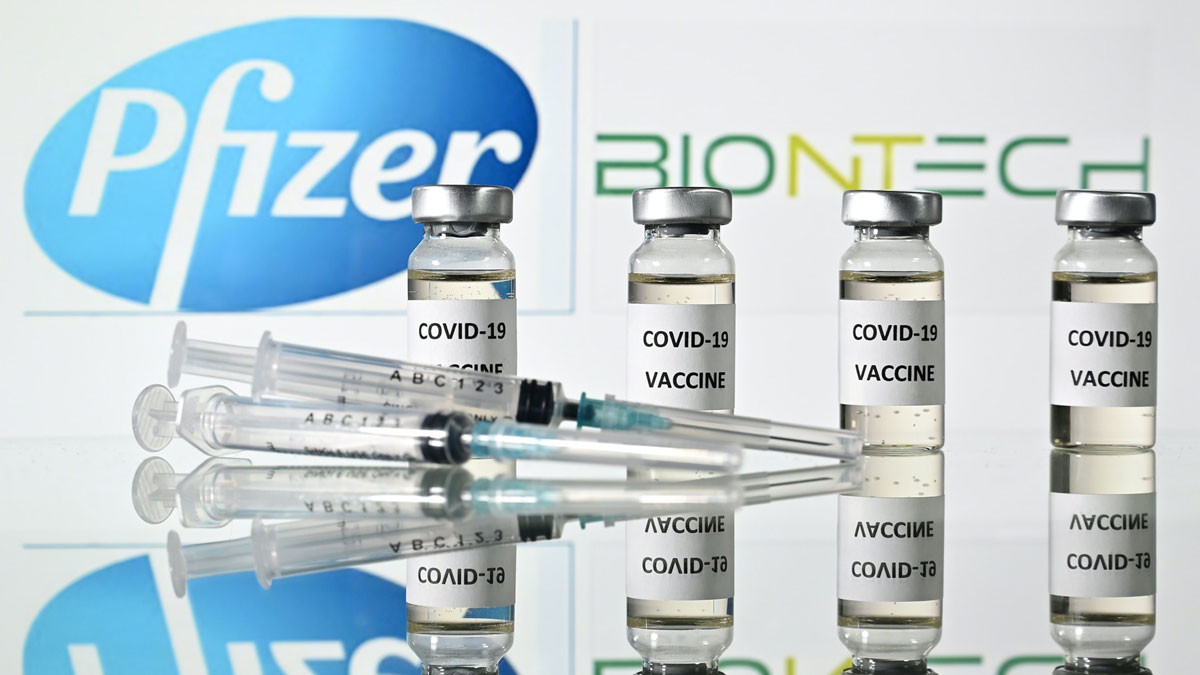
The FDA published today a briefing document about the side effects of Pfizer-BioNTech COVID-19 Vaccine.
The briefing documents allow the first in-depth look at the safety and efficacy data generated so far.
Safety
Given the speed with which these vaccines have been developed, and the novelty of the mRNA-based technology upon which BNT162b2 is based, safety was always going to be the big focus when more data became available. And the take home message from the FDA's review is pretty encouraging.
Safety data so far “suggest a favorable safety profile, with no specific safety concerns identified that would preclude issuance of an EUA”, according to the documents released today. It is important to remember that this conclusion is based on a median of only two months of follow-up after the second dose, in 38,000 subjects.
The majority of people (84%) had a sore arm, while fatigue (62.9%), headache (55.1%), muscle pain (38.3%), chills (31.9%), joint pain (23.6%) and fever (14.2%) were the other commonly occurring issues.
Severe adverse reactions occurred more commonly in younger participants, at a rate of up to 4.6%, than in those of 55 years of age or older, where the rate was 2.8%. Around 1% of younger patients graded the injection site pain as severe, for example, compared with less than 0.5% of the 55+ group.
The FDA highlighted four cases in the vaccine group of Bell’s palsy – a sudden but temporary weakness in facial muscles – whereas no cases were detected in the placebo arm. Still, the agency noted that these occurred at a frequency expected in the general population, and while there is no clear basis to conclude a causal relationship, further surveillance was recommended.
Another issue was higher rates of abnormally swollen lymph nodes, or lymphadenopathy, which could plausibly be related to vaccination, the FDA said. This was reported in 64 cases in the vaccine group, with six in placebo.
Further serious events with imbalances included appendicitis, heart attack and cerebrovascular incidents, but these occurred at very low rates.
Efficacy
Detailed efficacy data also contained few areas of concern for the regulator. A look at cumulative incidence curves shows that the vaccine appears to kick in 14 days after the first dose, and remains protective for the two months shown here. Duration of effect remains one of the burning questions still to answer.
A breakdown of the results by dose shows that efficacy between dose one and dose two is 52%; as previously disclosed, efficacy rose to 95% seven days after the second dose. Whether one dose might be enough is likely to be a subject of debate for the advisory committee, although the FDA concluded that there was not enough data on a single shot regimen to answer this.
